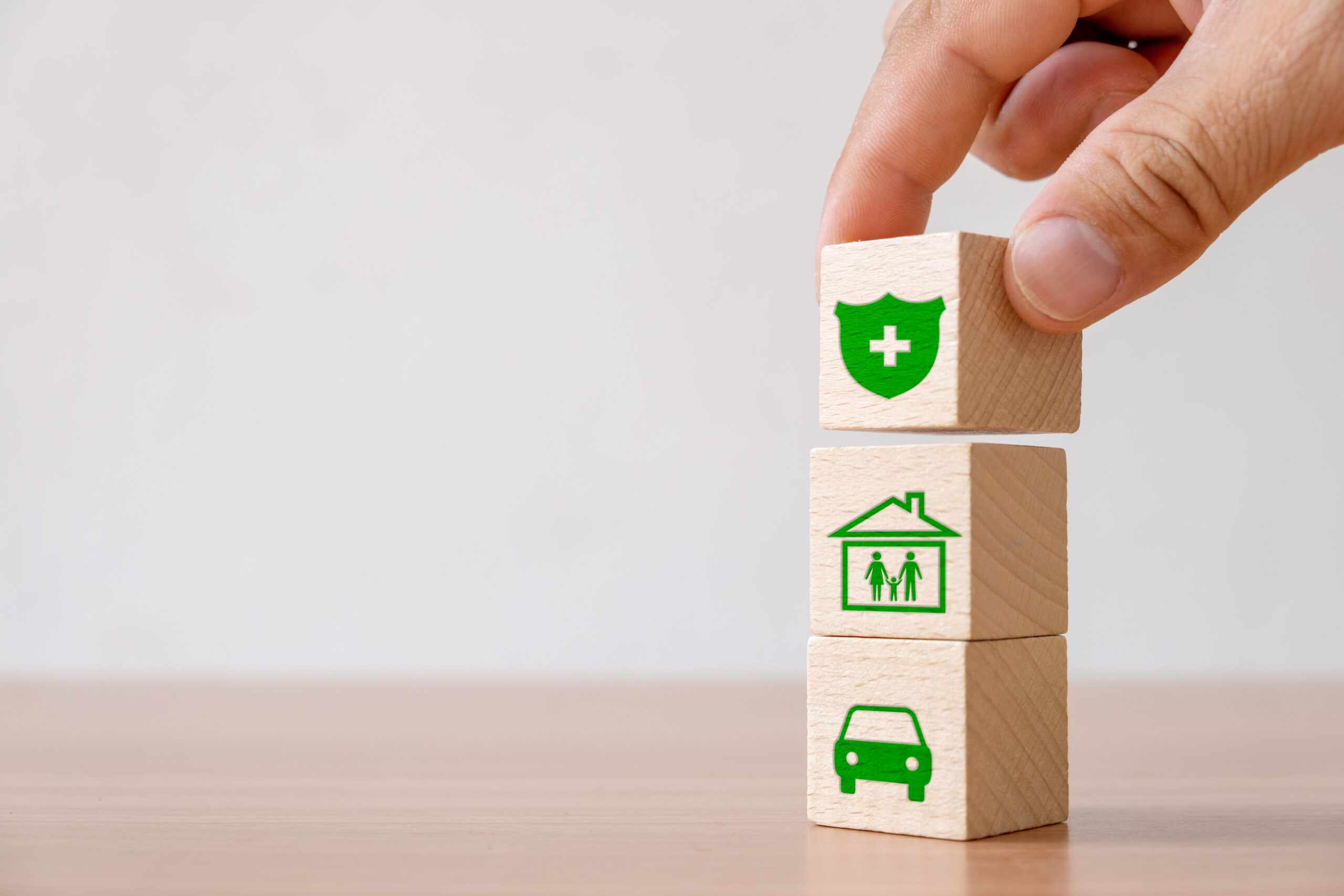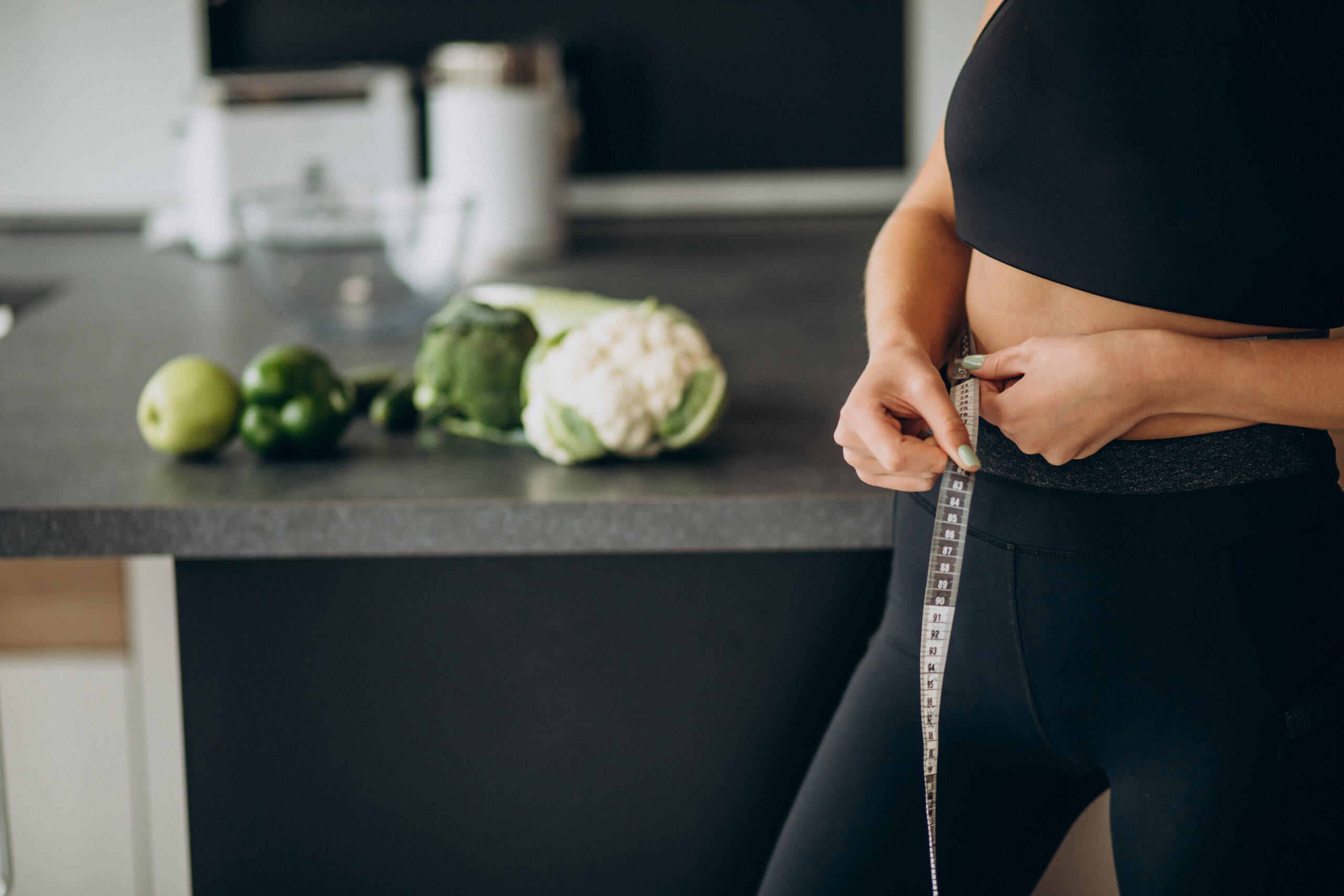Medications like Wegovy and Ozempic have helped many Canadians reach healthier weights and improve blood-sugar control. But while these prescriptions are effective, they also change how your body digests food and feels hunger.
What you eat—and how you eat—can make a big difference in both your comfort and your results.
This guide explains the best foods to eat, what to avoid, and how your local pharmacy in Richmond Hill can support your journey with personalized nutrition and medication advice.
How Wegovy and Ozempic Affect Your Digestion
Both Wegovy and Ozempic contain semaglutide, a GLP-1 receptor agonist. It mimics a natural hormone that regulates appetite, slows digestion, and helps you feel satisfied with smaller meals.
While this effect promotes weight loss, it can also cause temporary side effects such as nausea, bloating, or fatigue—especially during the first few weeks. Adjusting your diet is one of the easiest ways to manage these reactions and help your body adapt smoothly.
The Best Foods to Eat
1. Lean Proteins
Choose chicken, turkey, fish, tofu, lentils, or eggs. Protein keeps you full longer, supports muscle mass during weight loss, and balances energy levels.
2. High-Fibre Foods
Add oats, quinoa, beans, lentils, and leafy vegetables. Fibre improves digestion and helps prevent constipation, a common side effect of GLP-1 therapy.
3. Healthy Fats
Opt for avocado, olive oil, flaxseeds, and nuts in small portions. These promote satiety without upsetting your stomach.
4. Light, Moist Meals
Soups, smoothies, and stews are easier to tolerate than heavy or dry foods when your digestion slows.
5. Hydration
Aim for 2–3 litres of water per day. Dehydration can worsen headaches, dizziness, and constipation. Herbal teas and clear broths count toward your total.
Foods and Habits to Avoid
| Avoid | Why |
|---|---|
| Fried or greasy foods | Harder to digest and may increase nausea |
| Carbonated drinks | Cause bloating and discomfort |
| Processed sugar and desserts | Can trigger fatigue or unstable blood sugar |
| Alcohol | Raises nausea risk and interferes with glucose control |
| Large meals | Overfill the stomach and delay digestion further |
Try to eat smaller portions more frequently instead of three large meals.
Practical Eating Tips
- Eat slowly and mindfully. Stop when you feel 80 % full—your body will signal fullness later than usual.
- Chew thoroughly. Proper chewing reduces stomach workload and improves comfort.
- Don’t lie down right after eating. Give your body at least 30 minutes to digest.
- Plan gentle activity. A short walk after meals helps digestion and reduces nausea.
- Track what works. Keep a brief food journal noting meals and side effects to identify triggers.
Sample One-Day Meal Plan
Breakfast
Oatmeal with chia seeds, almond butter, and sliced banana
Green or ginger tea
Lunch
Grilled chicken salad with mixed greens, avocado, and light vinaigrette
Snack
Greek yogurt with berries or a boiled egg
Dinner
Baked salmon, quinoa, and roasted vegetables
Evening
Warm chamomile tea or lemon water
This plan focuses on steady energy, lean protein, and minimal processed fat.
Managing Nausea Through Nutrition
If nausea persists:
- Choose cold or room-temperature foods instead of hot ones.
- Avoid strong odours—eat in a well-ventilated area.
- Try bland options like toast, plain rice, or crackers.
- Keep a consistent eating schedule; skipping meals may worsen symptoms.
Pharmacists can also recommend ginger-based teas or supplements that soothe mild nausea naturally.
Weight-Loss Plate Balance
Visualize your plate:
- ½ vegetables or salad
- ¼ lean protein
- ¼ whole grains or legumes
This ratio helps maintain steady blood sugar and avoids stomach overload.
When to Adjust or Ask for Help
If you experience severe nausea, vomiting, or persistent fatigue beyond a few weeks, contact your doctor or pharmacist.
They may:
- Adjust your dosage schedule
- Suggest anti-nausea support
- Evaluate hydration and nutrition needs
Never stop or change your dose on your own.
The Role of Your Pharmacist
At Viva Health Pharmacy in Richmond Hill, pharmacists regularly counsel patients starting GLP-1 medications. We help you:
- Understand dietary adjustments for each treatment phase
- Recommend safe supplements or hydration strategies
- Identify food–drug interactions
- Monitor progress and comfort throughout your treatment
Our pharmacy provides both clinical accuracy and empathetic, real-world support to help you succeed long term.
Your food choices can make the difference between struggling through your treatment and feeling balanced and in control. By eating light, staying hydrated, and listening to your body, you’ll minimize discomfort and support the medication’s benefits.
For customized nutrition and medication guidance, visit Viva Health Pharmacy in Richmond Hill. Our team is here to help you navigate your health journey safely and sustainably.







